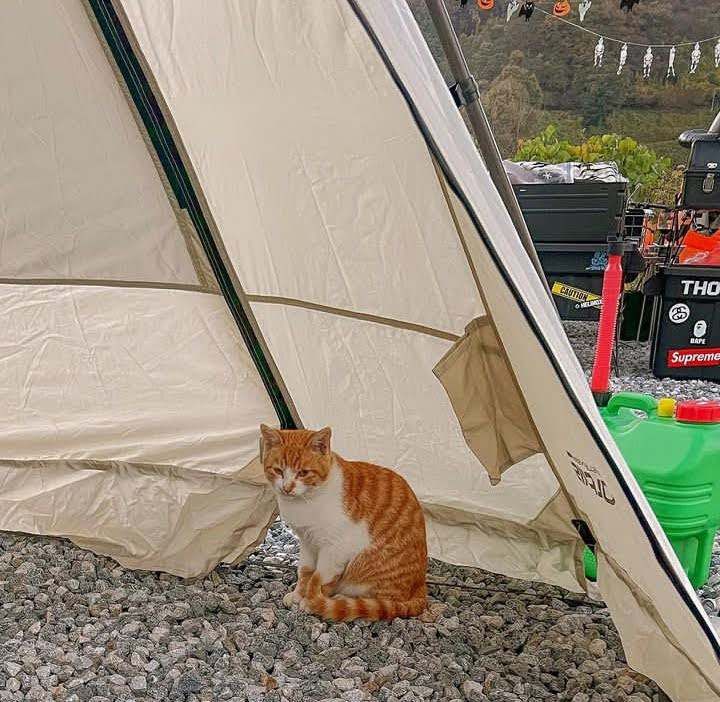
a small cat from the Jura mountains
0
Switzerland, a country famous for its beautiful mountain and mountain landscape, is also home to some of the rarest wildlife in the world. Wildlife enthusiast, photographer, photographer and scientist, Lars Begert helps tell the story of the small wild cats that live in the Jura The mountains of Switzerland. She hopes that by sharing her photos and knowledge, she will give them a voice and help inspire others to appreciate and protect these special and important animals.
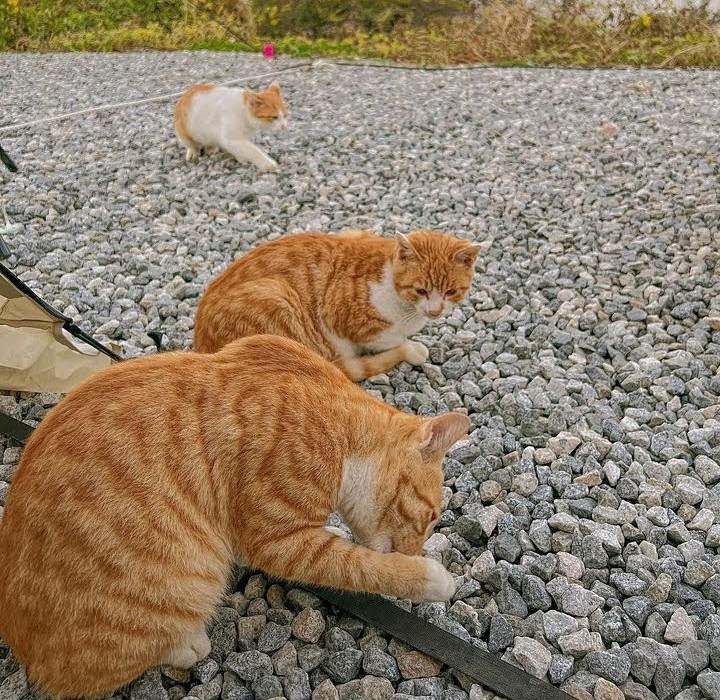
I recently asked Lars about his lifelong passion for nature, wildlife and his involvement in the Wildcat Monitoring Project which conducts important research not far from his home. How did your interest in photographing wild cats begin?
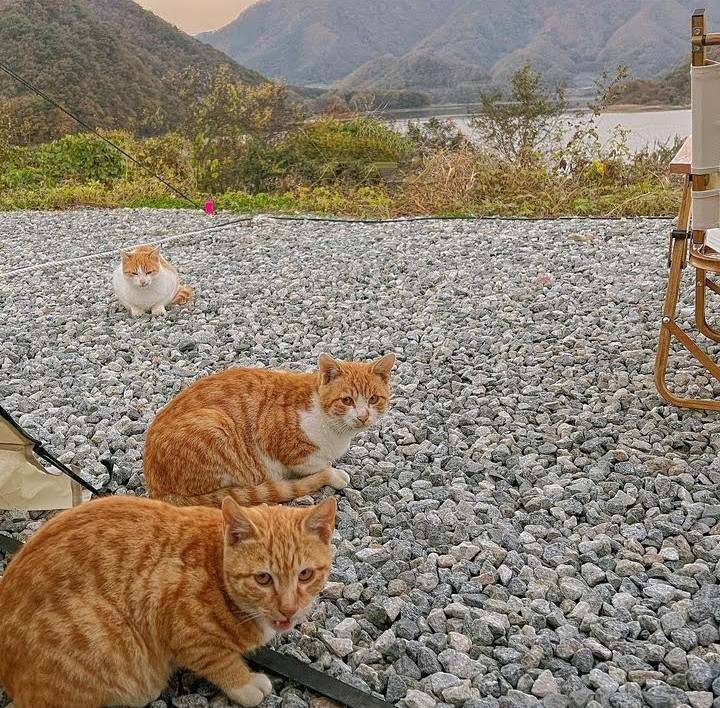
It all started when I was a child, when my parents showed me and my brother at a young age the beauty of nature and love for wildlife.Relatives always gave me animal books for my birthday and I remember one book in particular very well, it had a tiger on the cover and I spent hours studying different animals. My grandparents always had pet cats and I loved playing with them, so I think that's where my relationship with cats started. When I was a child, I always wanted to become a zoologist, but became less interested as I got older. When I met my wife in 2000, we started watching wildlife during our vacations, because she also likes animals. The big step forward really came in 2011, when I started to wonder if there were lynx in the Aargau Jura. There are indications that this is the case, but no good information about it, so I started installing cheap trail cameras. However, I had to wait more than a year for the first lynx to enter one of my cameras. Around this time, I remembered the 2005 vacation when we were in Kenya, so I decided to go back. that goes back a year. Since then, we've been planning our vacations around wild cats. I can't explain it, but I like them. How did you get involved with camera traps?

I started with a cheap trail camera to hunt Eurasian lynx and when I saw the picture I was happy, but being a perfectionist, I wasn't happy either. I mean, you can figure out the style, but for a good grip, it's not the right tool. I remember seeing Sebastian Kennerknecht *'s captures, Steve Winter's P-22 *** mountain lion caught Laurent Geslin ***'s magnificent Eurasian lynx and I think I want to take pictures like this!
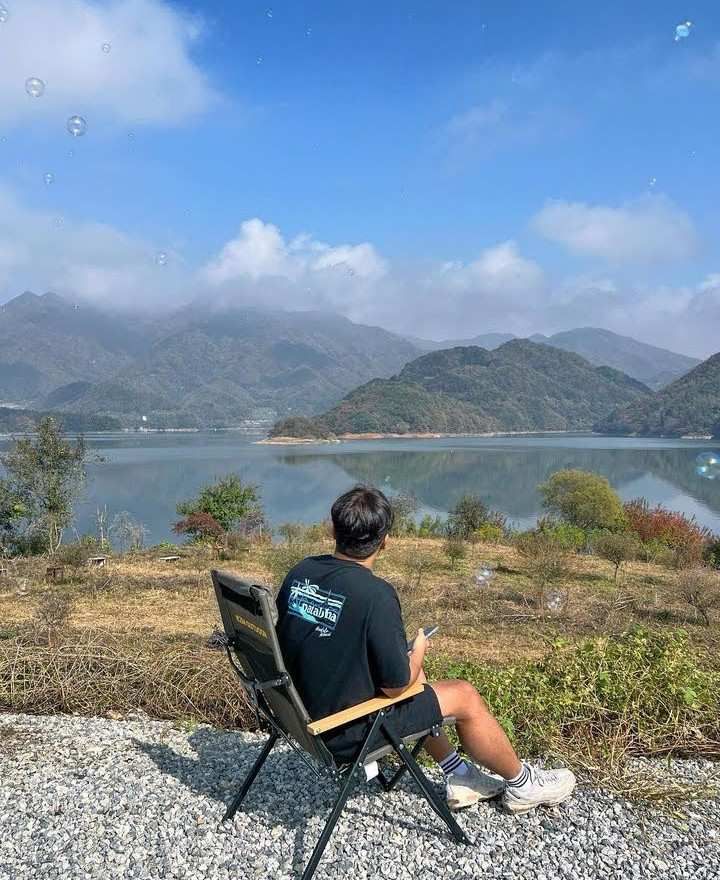
It took me a long time to find out how to work and create a strong and reliable base, but when I finally got my first pine marten, I am happy that it really opened the world to me . in terms of photography. So I really started with DSLR photography about 2 years ago and I'm still learning a lot. I also have many setbacks. At first I had a lot of technical problems and I still do sometimes, especially after heavy rain or heavy rain.working, but when I finally caught it, it was everything.
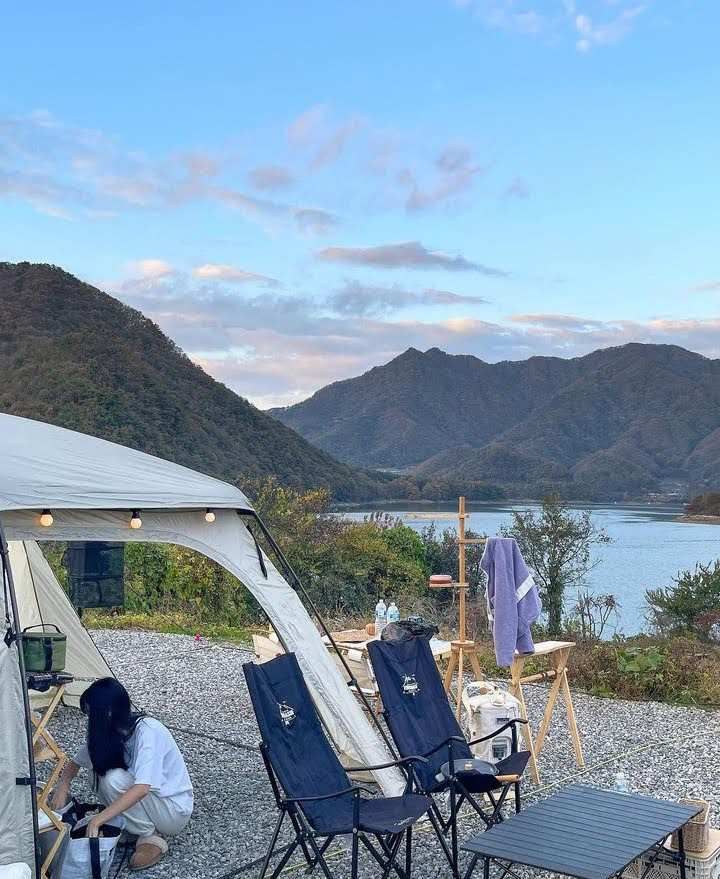
worth it. na!Tell me about the Wildcat monitoring service you are currently using? Observations are based on research on the wildlife program in Jura, unfortunately I did not include it at the time. Ten years later, a second survey must be carried out to investigate the origin of wild animals, both in terms of distribution and hybridization. The objectives of the tender made on behalf of the OFE (Federal Office for the Environment) are as follows:

Distribution map of wild cat activity in Jura and Central Plateau to Pre-Alps, status 2018-20201
Measured cat density2
Analysis of hybrid populations of wild cats
Evolution of the distribution, density and hybrid population and management of large predators in the Jura compared to the previous analysis.
Since you cannot 100% tell the difference between a domestic cat (Felis catus) and a European wild cat (Felis silvestris), you must find out through DNA testing. This means you need cat hair.In this Wildcat monitoring project, a habitat of one square kilometer is defined and in each square kilometer you have to put 3 trees along the animal's path. You treat the post with a knife that the hair sticks to when the cat rubs it on the post. To attract them, sprinkle the plant with valerian. Wild cats, as well as other animals, like valerian, especially during the mating season, which runs from January to March. So far, what kind of wild cat has appeared on your camera?

The Eurasian lynx was exterminated in the 19th century and reintroduced again in 1971 with those from the Carpathians, where European wild animals are greatly reduced but never completely in Switzerland. So far, I have been happy to be able to capture both of our wild species with my camera traps. This fact makes me especially happy because the place where I use the camera trap is exactly the "hinterland" of my house, and the local area for these two species of animals. As a citizen scientist, what do you hope to contribute? for wild cat protection where you live?

I hope to collect as much information as possible on the distribution and abundance of wildlife in our area to support and help scientists. In my capture I hope to be able to tell people that these wild cats are real, because many people don't know about them and when I show them a picture they think it's a beast house. I want to let them know that we have a big wild cat with us in the forest, that it should be protected and that we should know the importance of protecting nature, including our forests. In the next few years, I would like to create a photo book about the beautiful nature that surrounds us and focus on our two wild species.
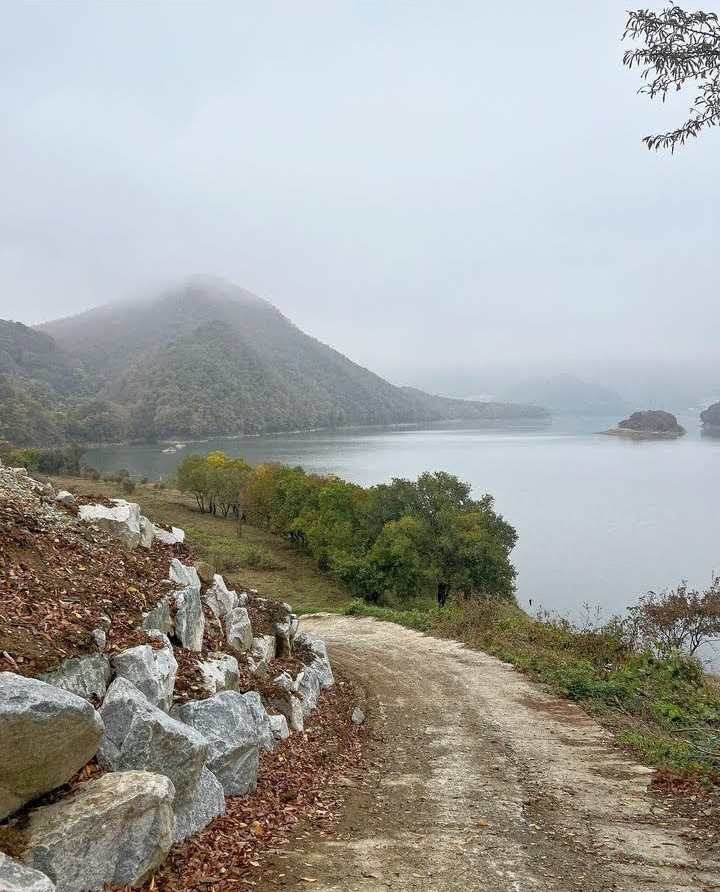
What else about monitoring services? In the next 2.5 months I will deal with the hair trap, which means checking every 2 weeks for hair on the stakes and renewing the stakes with a knife and valerian. I've seen hair in two of my posts so far, but I really don't know what animal the hair is from. I personally set up a camera trap in front of each tree so that I know that at least in one of the trees, a phenotypic European wild **** has passed by and examined the tree, but I also know that the there are 4 other types of. cut their bodies to that level. The laboratory will process and analyze the hairs and some of the hairs they will be able to tell from their structure that they are not wild cats. I hope to get the first results, which will determine whether the hair contains animal DNA or not, by August. /September of this year. In the second step, they examine all the remaining wild hairs to determine the level of hybridization. By the end of 2021, the project will be completed and we should have all the necessary data. My work will be completed by the end of March as I work only in the field, but my camera traps will continue.

Why is it so important to help document the presence of these animals? For me it was a dream, because when I was a child I wanted to become a zoologist, but then I decided to pursue another career path. I want to help as much as possible in my free time to provide researchers with as much data as possible and to better understand how we can help species like wild animals in this small, fragmented country. I wouldn't expect anyone to be involved in this kind of work, but it can help raise awareness. I think we are so separated from ourselves in nature that there needs to be a change. Otherwise, nature as we know it will disappear. What are the biggest threats facing wild cats in Switzerland and what is being done to help them?

The main threats to European wildlife include:
Loss, destruction and fragmentation of habitat (roads)
Disease transmission from domestic cats
Mixed with domestic cats
Although the concept of hybridization is very controversial, some scientists see it as a threat while others are not sure because it is still being researched. Unfortunately, not much can be done to alleviate this fear. Switzerland is a small, fragmented country and some jobs require integration of residences. Even if wildlife doesn't focus on us, it will benefit from it. When it comes to sterilizing, some animal welfare groups are calling for the sterilizing of feral cats, which is considered controversial because it is a difficult thing.